VC funds go through challenging times world-wide but the situation in Canada is probably worse…
Entrepreneurship
When Jelly launched a week ago, it was amazing to see how quickly the app got traction – over 100K questions were asked during the first week. Certainly, Jelly’s high profile team (co-founder Biz Stone, and individual investors like Jack Dorsey, Bono, and Al Gore) helped spark widespread speculation and buzz leading up to the […]
VC funds go through challenging times world-wide but the situation in Canada is probably worse…
There is not doubt that Bitcoin / the blockchain is a revolutionary technology. Once implemented,…
When Jelly launched a week ago, it was amazing to see how quickly the app got traction – over 100K questions were asked during the first week.
Certainly, Jelly’s high profile team (co-founder Biz Stone, and individual investors like Jack Dorsey, Bono, and Al Gore) helped spark widespread speculation and buzz leading up to the launch. In addition, Jelly leverages users’ existing social graphs on Twitter and Facebook, so it immediately overcame the cold-start problem most platforms and marketplaces face when trying to build a user base at the beginning.
However, digging deeper into the quality of engagement during Jelly’s first week reveals some potential problems with this rapid ramp-up. Only 25% of questions posed ever received an answer. The daily active user count has been trending downward as the media buzz surrounding the initial launch tapers off. And, the number of people asking questions has outpaced the number of people answering them – pointing to a potentially unbalanced marketplace. You can find more data about Jelly’s first week from RJMetrics.

When an app’s user base ramps up so quickly, there’s no time for a community to form or for the product to mature. Immediate primetime is often a real risk for both. Jelly’s users are still trying to figure out how to make use of the service beyond identifying spiders or asking “What does the fox say.” And the very public nature of this launch may turn off casual users before its power users have a chance to hash out the most meaningful use cases.
At a time when growth hacking is top of mind for everybody, the Jelly experience reminds me of the value of growing slowly during the early stages of a product. A closed beta and/or delaying the push into existing social graphs might be two strategies to go back to.
Version One
After more than 13 years of building Version One, 2025 was easily one of our wildest years—in the best possible way. We made nine new investments (our most in one year ever), spanning six different categories. We also distributed over $25M back to LPs across Funds II and III. And on top of all that, […]
2021 might be remembered as the year the world started to fully embrace the opportunity…
2020…the year of the pandemic. We’ve seen a tremendous amount of human loss and hardship,…